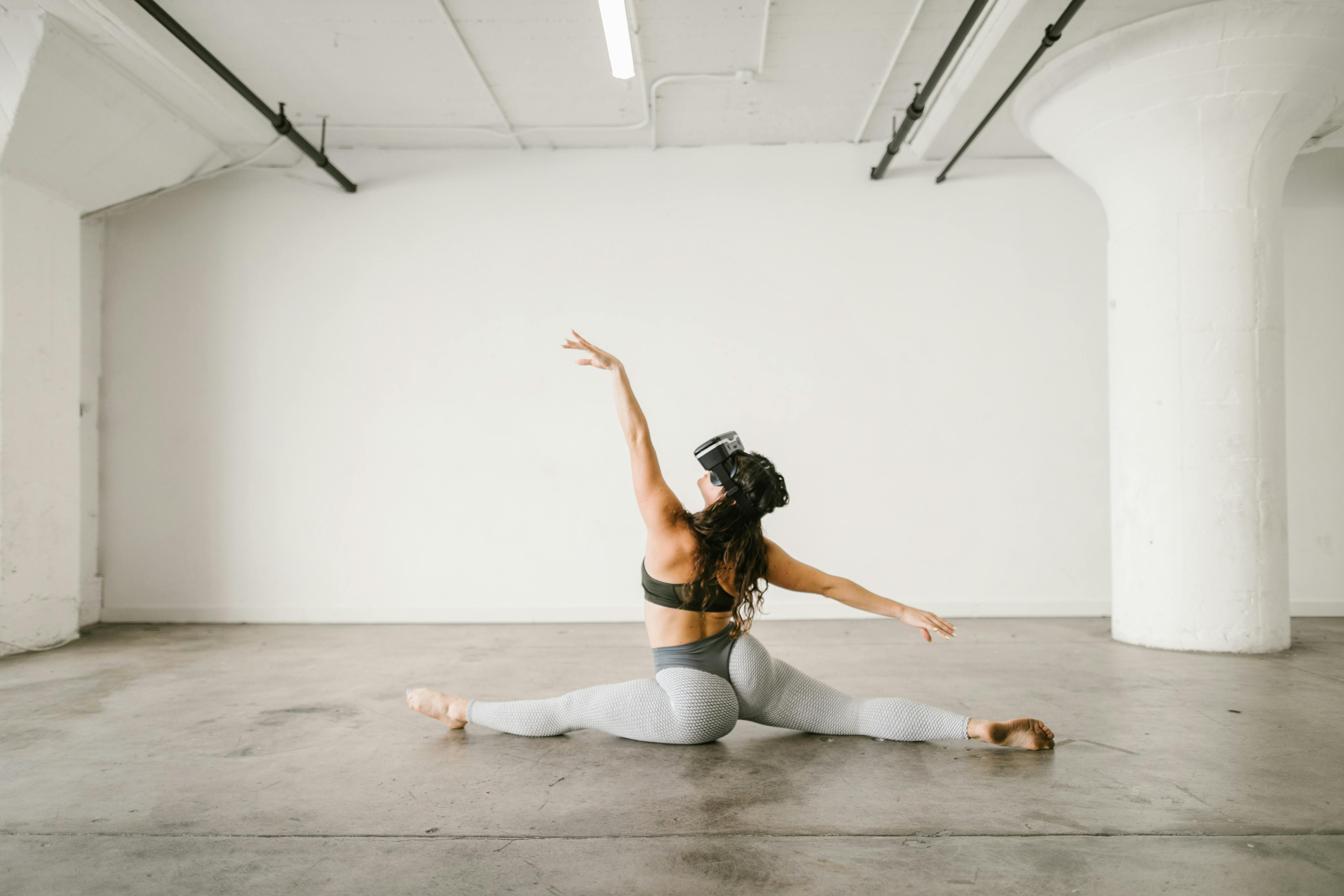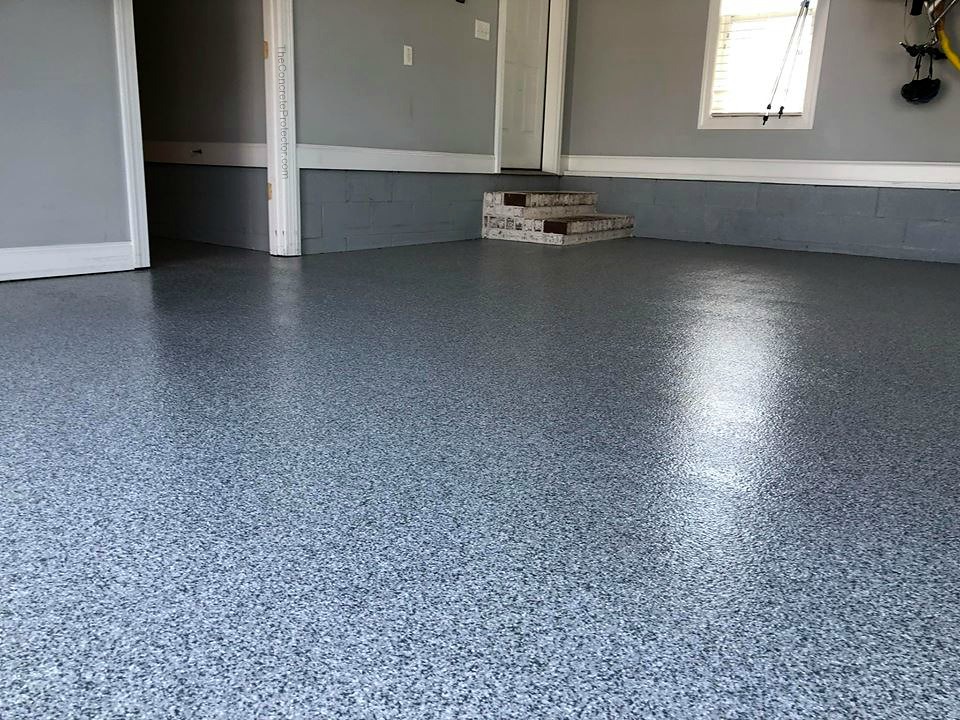"Digital Renaissance: The Aesthetic Shift in Virtual Reality Art"
In recent years, technological innovation has seeped into the arts, causing a seismic shift in how we perceive and interact with art. One pivotal development is the rise of virtual reality (VR) art, an immersive, interactive experience that challenges traditional artistic boundaries. This article delves into the historical context, current trends, and the implications of this burgeoning artistic movement.

The Genesis of Virtual Reality Art
Virtual Reality, once a far-off concept confined to the realms of science fiction, has now become an integral part of our daily lives. The first VR headsets emerged in the late 20th century; however, the technology was rudimentary, limited in scope, and prohibitively expensive. The evolution of VR technology saw a significant surge in the 2010s, with the release of affordable and sophisticated headsets like Oculus Rift and HTC Vive. These technological advancements laid the groundwork for the emergence of VR art, where artists began to explore this new medium’s limitless potential.
On the Forefront: Current Trends in VR Art
Today, VR art has transcended its novelty status and is being recognized as a legitimate art form. Renowned artists like Marina Abramović and Anish Kapoor have embraced this medium, creating stunning immersive experiences that are changing the way we interact with art. A notable current trend is the virtual art exhibit, where entire galleries are built in a digital environment, allowing users to tour and engage with artworks in ways that were previously unimaginable.
The Impact: Redefining Artistic Boundaries
The impact of VR art is far-reaching, disrupting traditional art norms and redefining the boundaries of artistic expression. It provides an immersive, interactive experience that allows viewers to participate, rather than merely observe. Furthermore, it challenges the hitherto unassailable physicality of art, as these works exist only in the digital realm. The reception for this new art form has been overwhelmingly positive, with critics lauding it as a revolutionary development that expands the creative landscape.
The Future: What Lies Ahead for VR Art
The future of VR art is replete with exciting possibilities. As technology continues to evolve, artists will have even more sophisticated tools at their disposal, amplifying their creative potential. Moreover, the democratizing effect of VR art, where anyone with a headset can access and experience art, could revolutionize art consumption. However, it is crucial to address challenges such as digital art preservation and copyright issues to ensure the continued growth and evolution of this innovative art form.
In conclusion, the emergence of virtual reality art marks a significant milestone in the evolution of artistic expression. It is a testament to the limitless potential of human creativity when combined with technological innovation. As we stand on the precipice of this digital renaissance, it is evident that VR art is not merely a passing trend, but a revolution that will shape the future of the arts.




